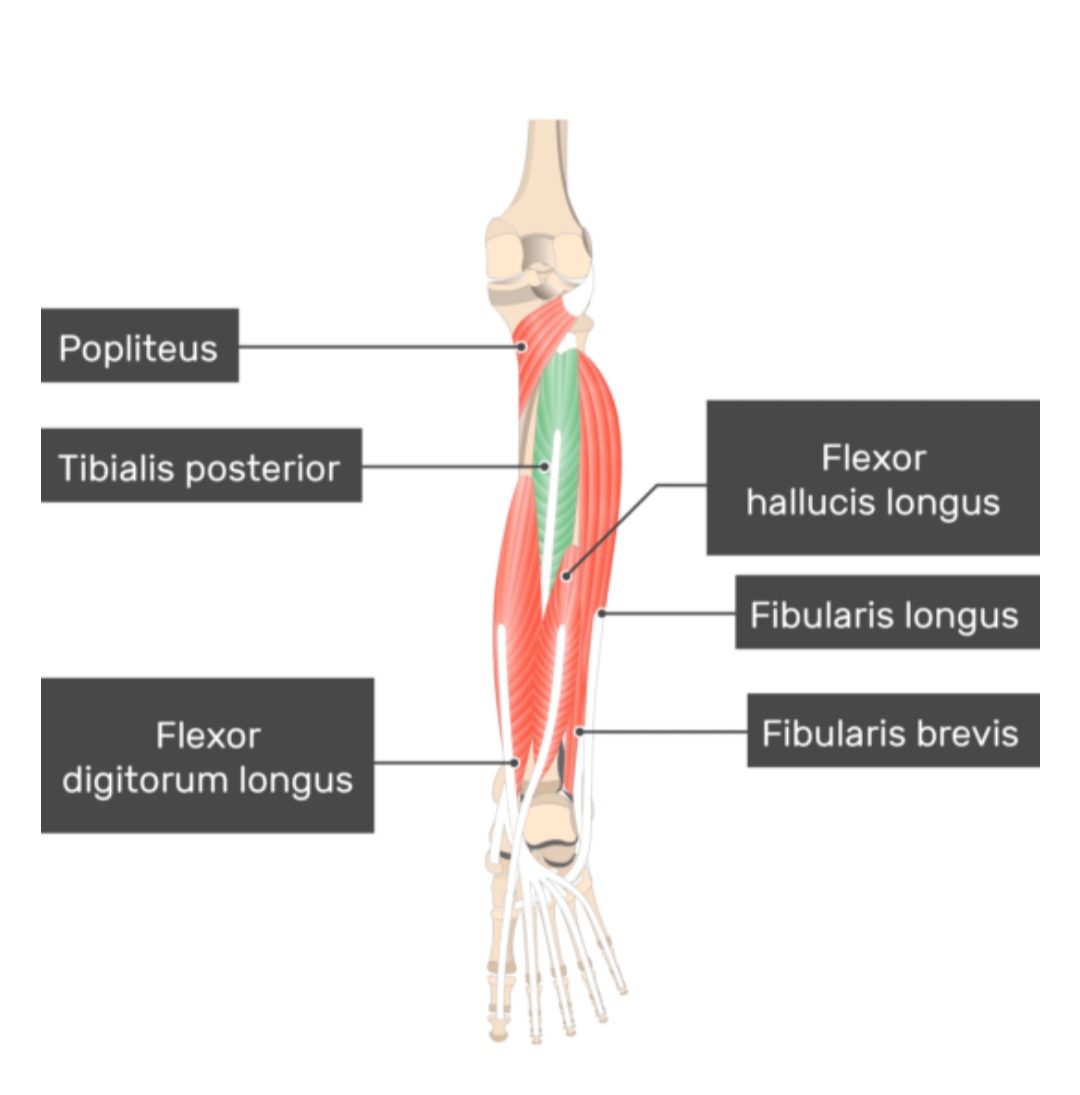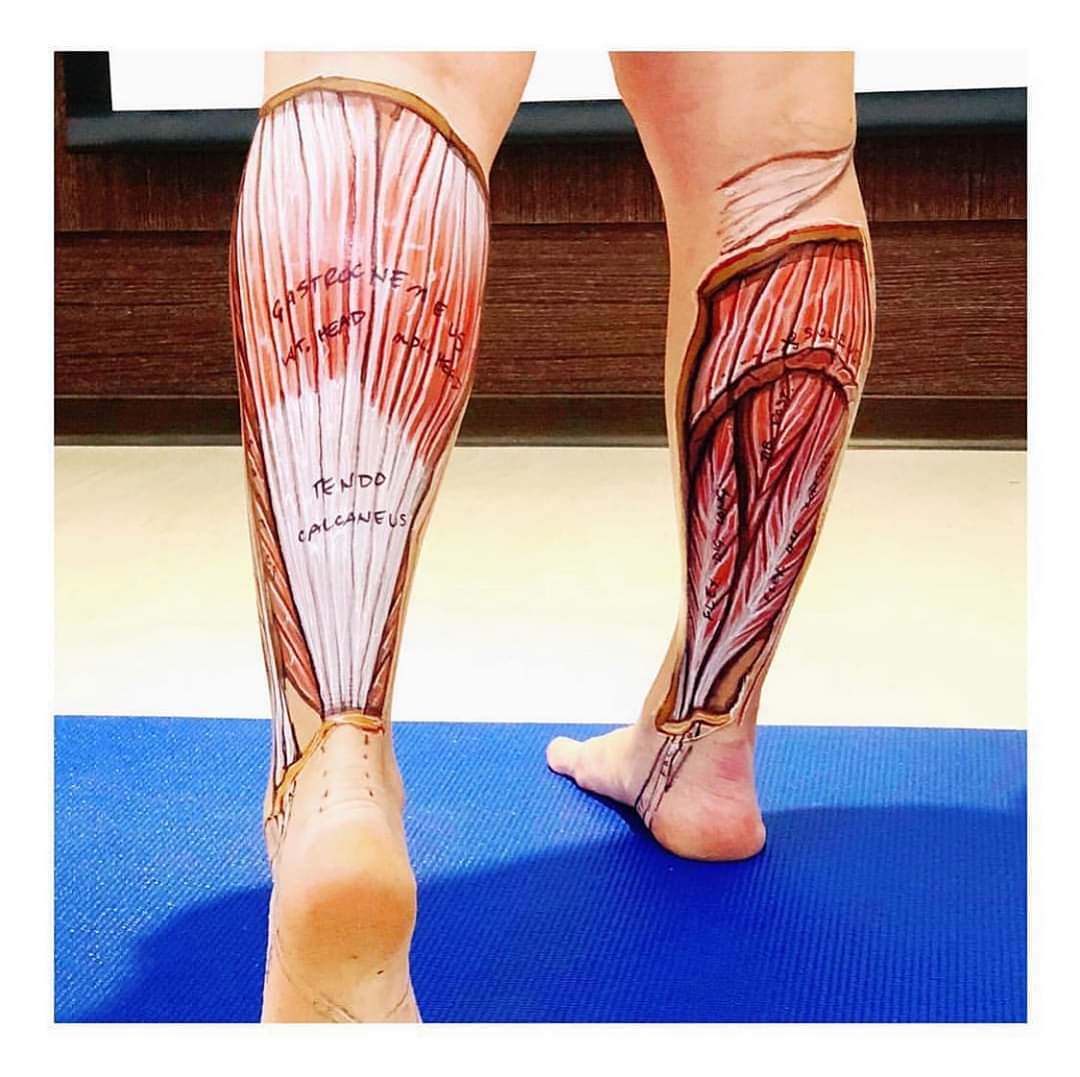

These deep muscles , especially the Tibialis posterior, the Flexor Digitorum Longus and the Flexor hallucis Longus, hardly ever feature prominently in anyone’s mind, let alone in a exercise program.
As desk jockeys that use shoes all the time, and are allergic to walking barefoot, these muscles of yours are in pathetic shape.
They’re tight *and* weak.
Yes, you read that right. Tight muscles can and will be weak. They’ll also be very inactive. Which then leads to
- Collapsed arches of the foot
- Poor balance
- Plantar fascitis
- Repeated ankle sprains and ligament injuries
- Repeated falls while coming down stairs or on uneven surfaces
- Knee ligament injuries
- Meniscal injuries during falls and due to chronic malalignment during movement in daily life or sports
- Accelerated/early development of osteoarthritis of the knee and hip (mostly affects the knee, which is the fall guy for most lower limb problems)
All of the above problems you’d guess, if you know something about the biomechanics of the lower limb
Here’s some stuff you wouldn’t think about. These are related to the venous return from the legs.
- Varicose veins- because the deep veins rely on muscles of the leg to pump that blood in your legs back up to the heart against gravity.
- Abnormally swollen feet towards the end of the day (you’ll end up investigating for cardiac, renal or liver dysfunction and find nothing)
- Stagnation of the venous blood in lower limbs can predispose one to disorders like deep vein thrombosis
There’s probably more that I don’t know about, but this is a start, just to get you interested these tiny invisible muscles that help form the foundation of your posture and thereby your health.
How do you fix them?
- Massage, myofascial release
- Barefoot walking
- Improving flexibility – The Asian squat, spending more of your sitting time on the floor, rather than in a chair
- Exercises for the feet- picking up things with your toes, standing on one leg, for a predetermined duration
- Improving the nervous system and it’s signals to these muscles- reducing general inflammation through diet, proper hydration, sleep
- Eye exercises, again to improve the nervous system output to the musculature
- Challenging your vestibular system (the system in your middle ear that deals with balance)
You can see that fixing these muscles is not just a matter of isolating them with exercises. You need to see the whole picture. Involve the whole body, if you need a lasting solution.